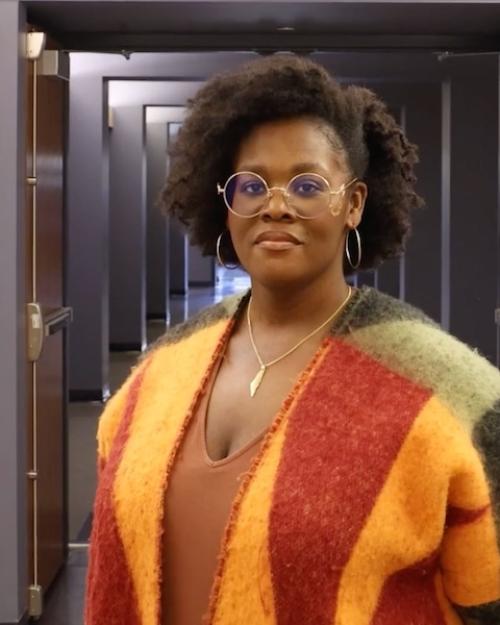This is an episode from the “What Makes Us Human?” podcast's fifth season, "What Do We Know about Inequality?" from Cornell University’s College of Arts & Sciences, showcasing the newest thinking from across the disciplines about inequality. Featuring audio essays written and recorded by Cornell faculty, the series releases a new episode each Thursday through the fall semester.
Research from the last few decades has changed the way we think about student learning in college classrooms. The traditional lecture, with students passively listening and taking notes, is being replaced with new, highly effective pedagogies. This new “active learning” approach enables students to learn more effectively and more deeply than before.
Active learning emphasizes interaction among students and between students and instructors – even in large classrooms with hundreds of students. The goals are less about the acquisition of particular facts and more about giving students expert facility in a subject. As one student in an active learning course commented, “Now I know what it’s like to be a scientist rather than just learning about science.”
In a typical active learning class, the professor lectures for several minutes, then challenges the class with a problem or question. Students work on the problem on their own and then with other students. During this time, teaching staff circulate among the students, offering advice as needed and listening in on the conversations. The class then reports their results to the professor, using an audience response system such as an iClicker. The professor discusses the results with the class, providing an expert’s perspective, and then moves on to the next problem.
This approach gives the professor immediate feedback about whether the students grasped the concepts and are able to apply them in practical problems. More importantly it engages the students before the professor lectures on the concepts illustrated by the problems.
Study after study has shown that having students struggle with an idea before you tell them about it in a lecture is vastly more effective than telling them and then letting them work an example, which is what we’ve done traditionally. Students will absorb two or three times as much from a lecture if they have engaged with the concepts first.
Active learning classrooms emphasize “deliberate practice,” which means getting prompt feedback from the teacher and fellow classmates on the student’s approach to a problem, so that students learn to critique their own reasoning and think about problems the way an expert would. The peer interaction forces students to explain their thinking and to consider other points of view, helping them integrate new information. The power of peer to peer instruction is a major discovery of educational research.
Recent research shows that the extent to which students engage in deliberate practice is more important to their ultimate success than their initial interest or talent for a subject. Active learning benefits everyone, but the biggest beneficiaries of this innovative educational approach are often students who arrive at college educationally disadvantaged. For those who went to a poorly funded high school, which is too often the case for first-generation students and under-represented minorities, active learning can level the playing field, allowing them to close achievement gaps. Not only is active learning a way to help all students, it's also a way to reduce inequality.
In active learning classes, there tend to be many fewer students with low or marginal grades – half as many or less. This matters especially in required gateway courses, which tend to be large, especially in STEM fields. Helping students succeed in these initial courses is critically important, because if they fail, it may mean they can’t follow through on their academic dreams.
As universities are called upon to help ever more diverse student bodies, active learning offers a pathway to success. This approach helps students achieve their goals while maintaining the same academic standards.
It’s no surprise, then, that these new ideas about how to teach are slowly spreading to colleges across the country. At Cornell, an initial pilot project in active learning in the College of Arts and Sciences was so successful that it has been expanded across the university. As one professor commented after transforming his traditional lecture with an active learning curriculum, “I really do believe this is the future of college teaching."




